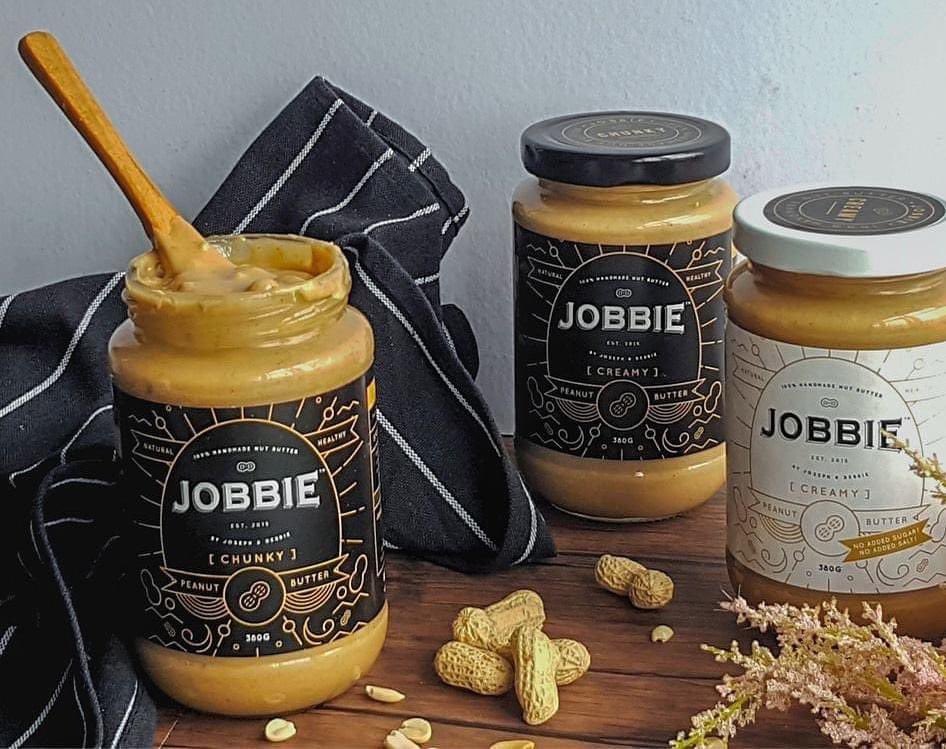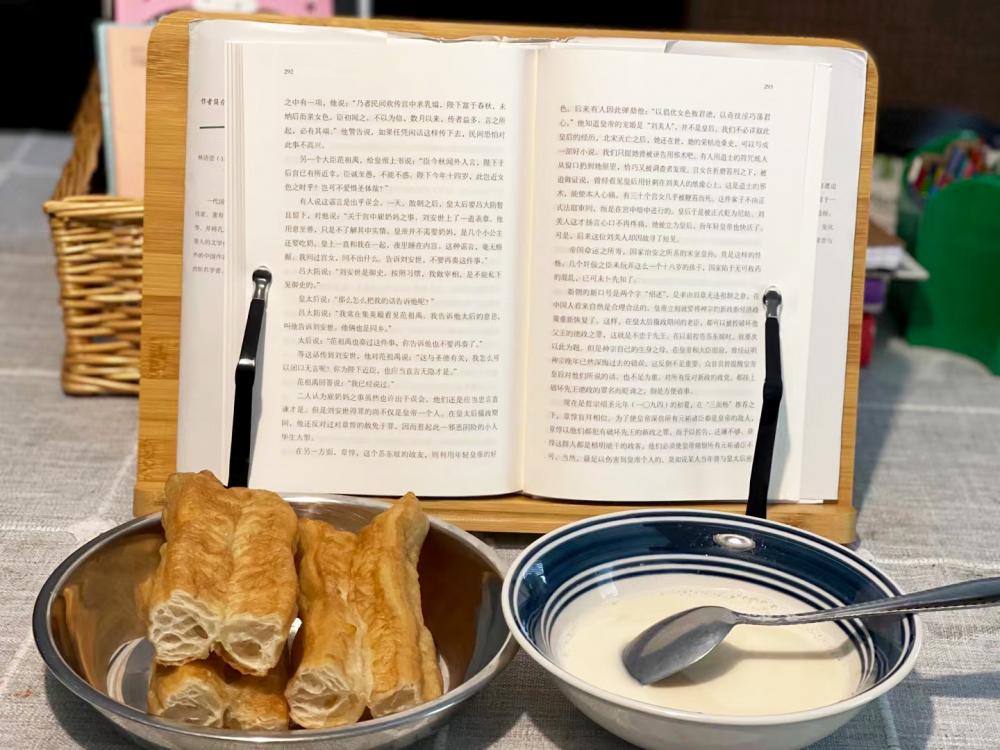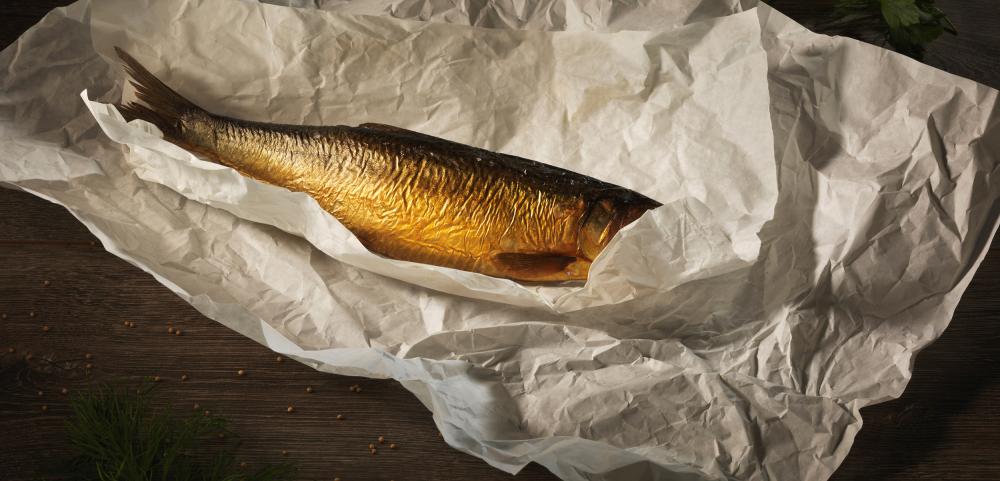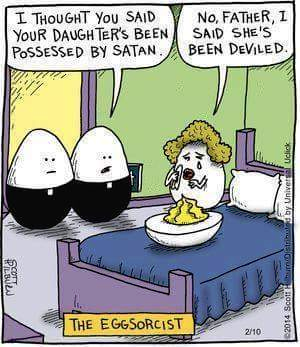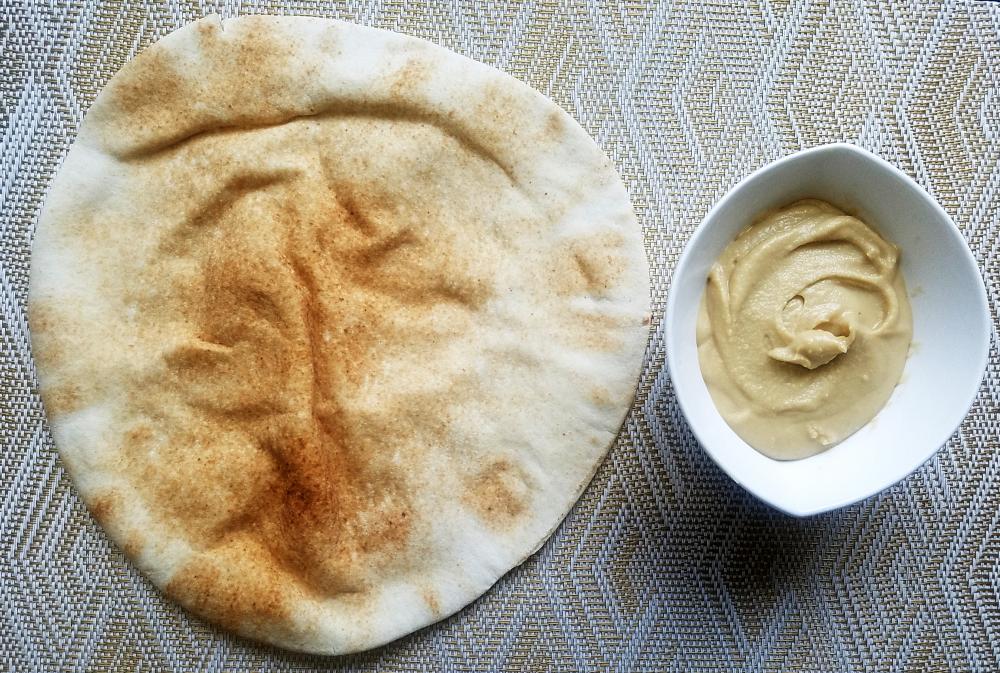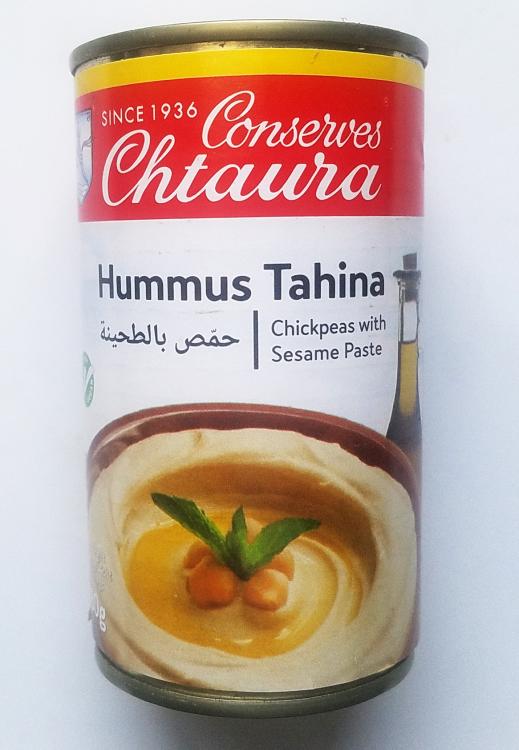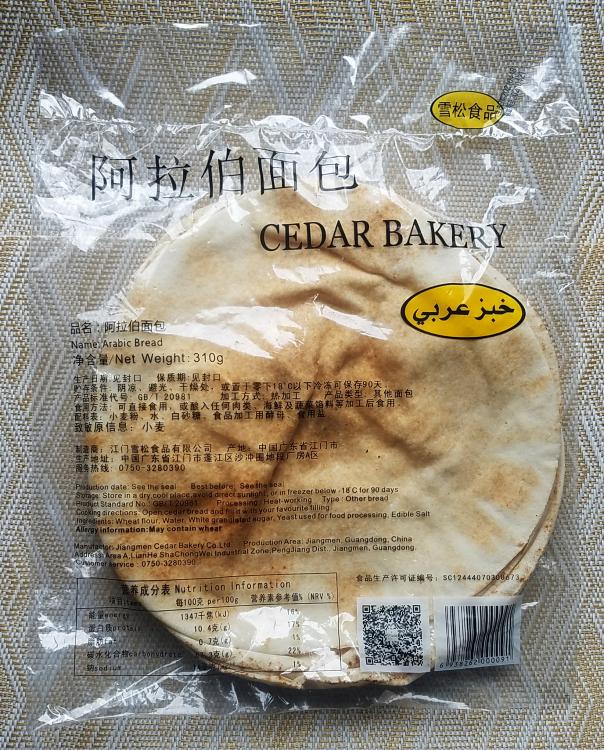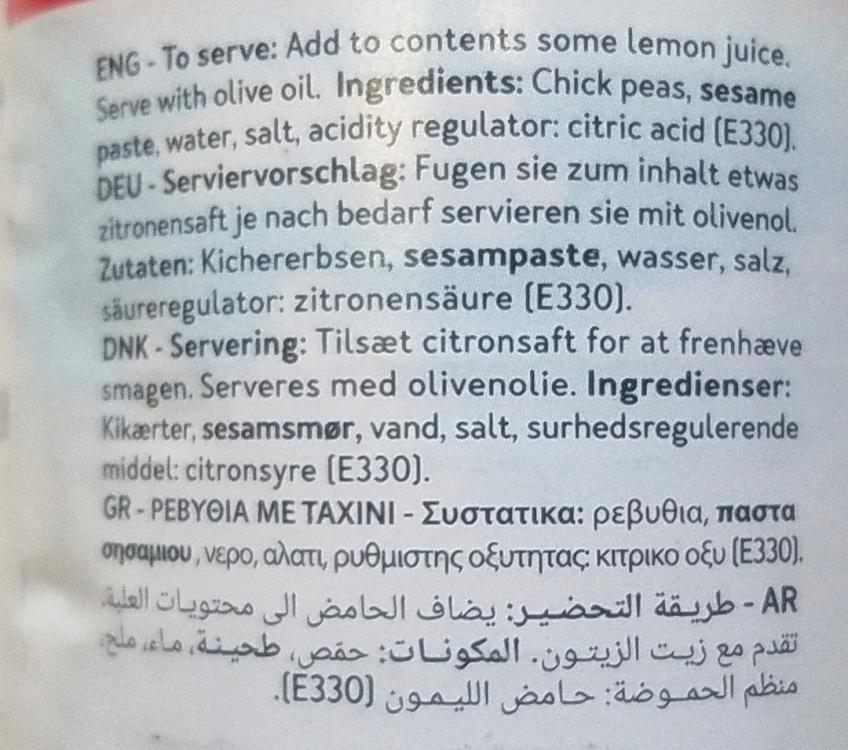-
Posts
16,725 -
Joined
-
Last visited
Content Type
Profiles
Forums
Store
Help Articles
Everything posted by liuzhou
-
Hmmm. That isn't what I call doubanjiang. Although it says 豆瓣酱 (dòu bàn jiàng) in Chinese, it says "soy bean paste" in English. Real Sichuan doubanjiang is predominantly broad beans and chili. Is it possible to see a picture of the back of the packet where the ingredients are listed? As to spiciness, some doubanjiang from other parts of China are rather mild, especially those from Guangdong and Taiwan. That sauce is from Shandong in the north of China, far from Sichuan, and an area known for its mild cuisine. The characters to look for are: a) 四川 (sì chuān) b) 辣 (là) - meaning hot or spicy.
-
Thai red curry with deboned chicken thigh meat and spinach. Served with Tom Mali rice. The chicken was a chance for me to play with a new toy.
-
So Google led you to an explanation!
-
found via Twitter. May need explaining. Facebook reminded me this morning that it's recommended you run the launch of any product for the UK market past someone Scottish
-
Unfortunately, there is no such law in China.
-
I want! Delicious. Fortunately, I know where to find them - or did pre-pandemic. I ate some on 2019 when I went to the UK last for my mother's 90th birthday.
-
No. Not a restaurant. A friend/colleague's home. We met there before going off to do some very light work together. The book holder is hers; the book is mine. But the holders are common here.
-
I like my chilli with a baked potato! But then I'm just a dumb Brit who lives in China. What do I know?
-
油条 (yóu tiáo) - Deep fried breadstick; 豆奶 (dòu nǎi) - Warm soy milk. Very popular breakfast round these parts. Book not essential, but recommended.
-
Tracking the Elusive Bloater This traditional English herring dish offers a taste of cultural heritage—if you can find it.
-
-
I was coming to that conclusion. Odd choice given that Tupperware abandoned it.
-
But did they pay for them?
-
Yes, I found they have a presence in HK, but although they have a website in mainland simplified Chinese, it's rather basic. Zero information on where or how to buy one. Not that I want one. From what I can gather, it is mostly people who can't cook that find them appealing.
-
Yeah, I read that earlier today. Made me want one even less than I already did, something that hardly seemed possible. I was surprised that the article mentioned that China is a major market. I've never heard of or seen one here. Do they only sell through those consultants, like Tupperware in the past? A search of China's largest online merchandiser* returns zero results. *Actually, the world's largest. No, it in't Amazon.
-
Well, they taste rather different, so it could matter, depending on the dish being cooked (I'm not looking to replicate your dish). A dark roasted tahini would be more like a Chinese sesame paste, though. I'll experiment. Thanks.
-
I was searching for something different to do with miso and came across this. It has given me some ideas to work on. But I have one question. When you say sesame paste, do you mean tahini or Asian (Chinese) sesame paste. I have both, but would like to know what you used - I'm guessing Asian, but...
-
This was odd. I bought this 'hummus' online. It claims to be made in Lebanon, but it's not really what I call hummus; it's more part of a hummus making kit. It contains a paste of chickpeas and tahini with some water (thanks, I have enough of that already), salt (ditto), acidity regulator (I'm right out of that) and citric acid (I have lots of that hidden inside lemons and oranges etc.) The multilingual instructions (hummus needs instructions?) tell me to add olive oil and lemon juice. You know the ingredients for hummus. Before doing so, I tasted the paste straight from the can. It tasted hummus-like but had very little salt which was made up for it being very acidic (even before I added any lemon juice). Their regulator has been deregulated! I added olive oil as instructed but skipped the lemon juice. I also regulated the saline requirement. I then ate it with this so-called Arabic bread (also bought online). The bread was good and the hummus wasn't terrible; it wasn't great. It wasn't hummus! It didn't have the lemon taste I like with my hummus, but there was no way I was going to up the acid. Still, it was pretty cheap. $2 (USD) for the 180g can inc. delivery. I won't be buying it again though.
-
-
Rice bran oil has a higher smoke point than canola. 450⁰F v 400⁰F.
-
As I've already pointed out, that depends where you are. Also, the place we are talking about is not a private club, but a public restaurant open to all with the wherewithal to pay. Assuming that a man must be the host is a gender-based assumption and by definition, sexist.
-
That depends on the locality. Different legislatures disagree. In some, discrimination on grounds of gender, race or sexuality can be illegal even in private clubs. But this is totally irrelevant in the case under discussion. It is a restaurant open to the public and not a private club.


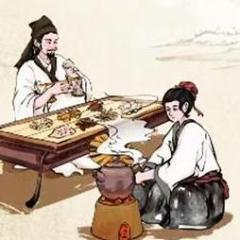




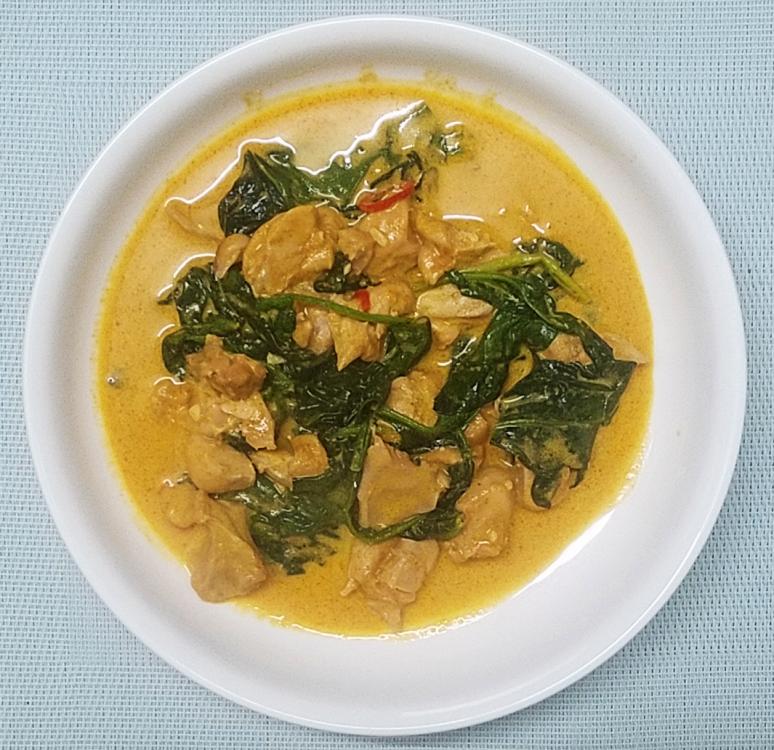
.thumb.jpg.1d4bf02c4a3cccd38e12a29ccb0ba046.jpg)

